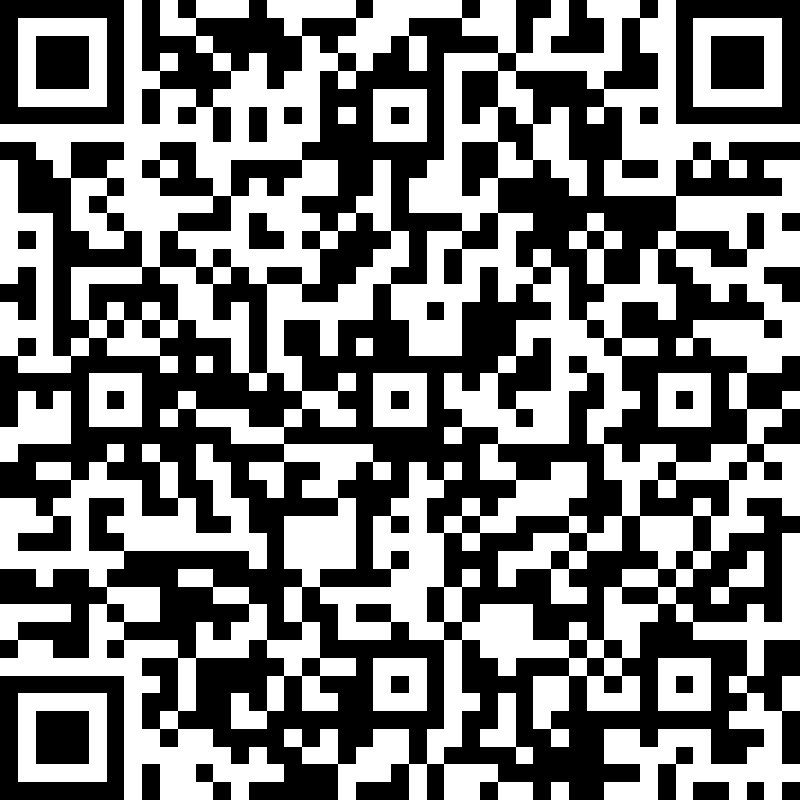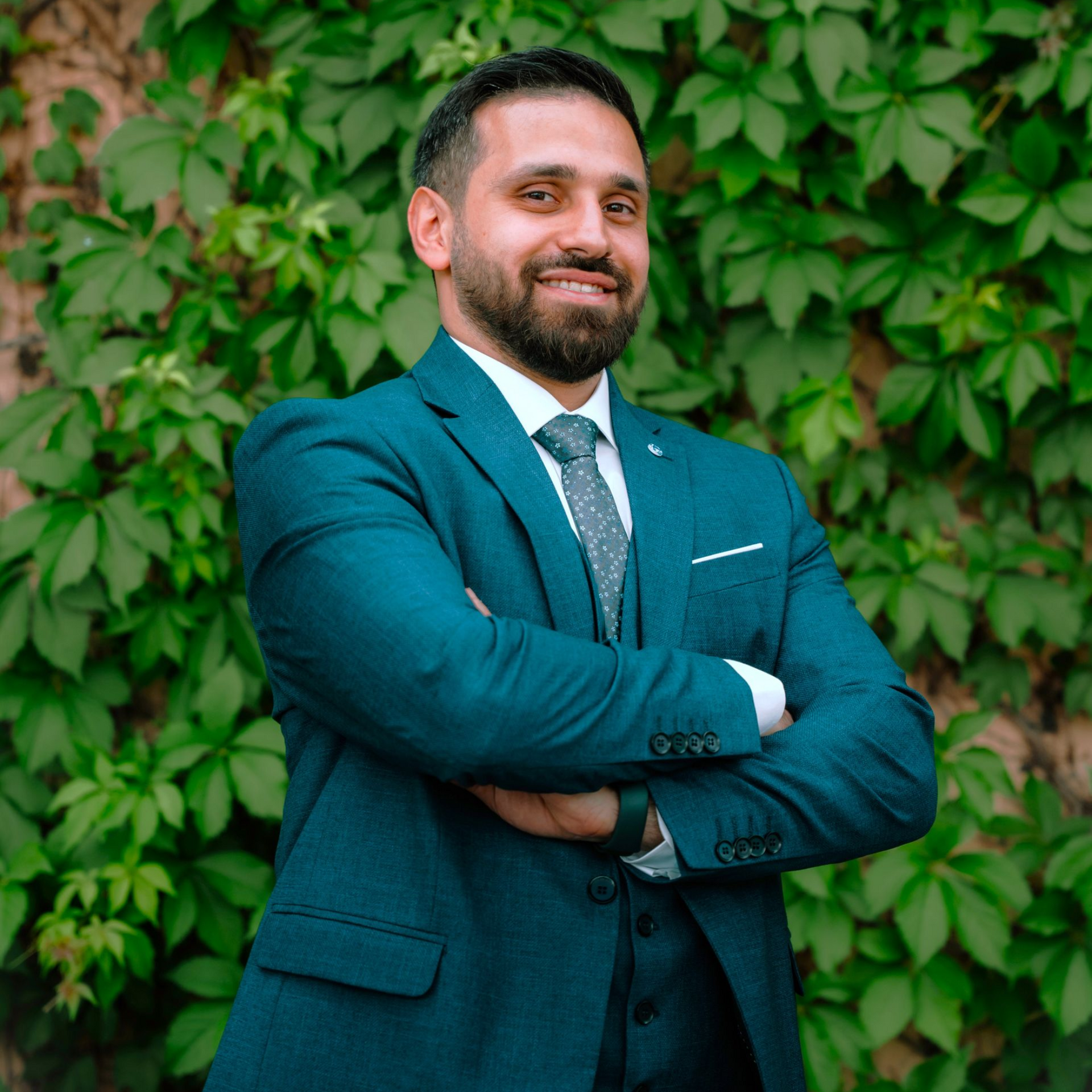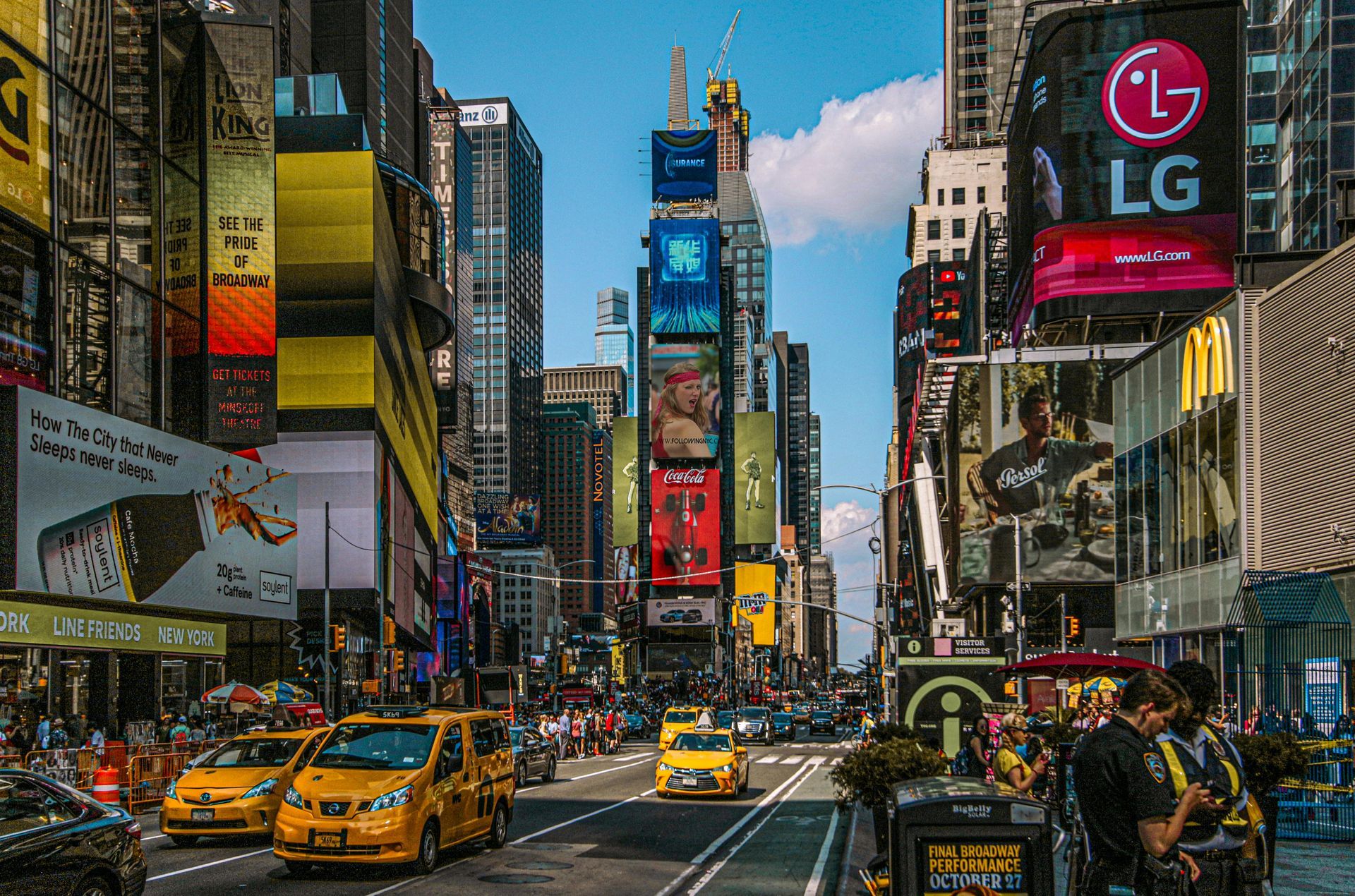Mohamad-Ali Salloum is a Pharmacist and science writer. He loves simplifying science to the general public and healthcare students through words and illustrations. When he's not working, you can usually find him in the gym, reading a book, or learning a new skill.
Why Living Like Our Ancestors Could Be the Health Upgrade You Need?
Share
We’ve Upgraded Our Tech — But Not Our Bodies
We’ve built cities, flown to space, and carry computers in our pockets. But biologically, we’re almost identical to the hunter‑gatherers who roamed Earth 10,000 years ago. That means the way we eat, sleep, move, and connect today is wildly different from what our bodies evolved to handle.
Scientists call this an evolutionary mismatch — when our ancient biology meets a modern lifestyle it wasn’t designed for. Back then, we moved all day, ate whole foods, slept in sync with natural light, and relied on strong social bonds to survive. Today, many of us are sedentary, surrounded by processed food, overstimulated by screens, and often isolated. The result? Rising rates of obesity, diabetes, burnout, anxiety, and depression.
The good news: we can’t go back in time, but we can bring the best of the past into the present.
Timeless Habits Worth Reclaiming
🍠 Eat Real, Seasonal Food
Our ancestors’ diets varied by region — from Arctic fish to tropical fruits — but the common thread was fresh, whole, and seasonal foods. They were nutrient‑dense and free from modern additives.
Modern payoff:
- Lower risk of type 2 diabetes, heart disease, and obesity
- Better gut health thanks to fiber and fermented foods
- More stable energy and mood
Example: The Hadza in Tanzania still eat wild tubers, berries, and game — and have some of the healthiest hearts on Earth.
Try: Shop farmers’ markets, eat foods that are “in season” where you live, and aim for ingredients your grandmother would recognize.
🚶♀️ Move Like Your Life Depends On It
Hunting, gathering, carrying firewood — movement used to be constant and varied. It built strength, agility, and endurance naturally.
Modern payoff:
- Improved metabolism and bone density
- Less risk of chronic pain and joint issues
- More resilience to stress
Example: The Tsimane people of Bolivia walk 8–10 miles daily, often into their 70s, with arteries that look decades younger than those in the West.
Try: Walk or cycle instead of driving short distances, use stairs, carry your groceries, squat when you can, and mix in climbing, stretching, and lifting.
🌞 Sync With the Sun
Our ancestors rose with daylight and wound down at nightfall. Morning sun triggered their internal clocks; darkness signaled rest.
Modern payoff:
- Better sleep quality
- More stable mood and energy
- Lower stress hormone levels
Try: Get 10–20 minutes of sun within an hour of waking. In the evening, dim the lights, avoid bright screens, and aim for a cooler, darker bedroom.
🤝 Strengthen Your Tribe
In small, close‑knit groups, everyone knew their role and worth. Loneliness was rare because survival depended on connection.
Modern payoff:
- Lower rates of depression and anxiety
- Better immune function and longevity
- A stronger sense of purpose
Example: Okinawan elders belong to “moai” — lifelong social circles that share meals, support, and joy.
Try: Host a weekly dinner, join a local club, or volunteer. Connection is medicine.
🌳 Touch the Wild
We are hardwired to relax in nature — a concept scientists call biophilia. Our senses evolved outdoors, and natural settings can lower blood pressure, improve immunity, and boost creativity.
Example: Japanese “forest bathing” (shinrin‑yoku) has been shown to reduce stress hormones and increase cancer‑fighting immune cells.
Try: Spend at least 2 hours a week in green or blue spaces — parks, forests, beaches. Bonus points for going barefoot on grass or sand (“grounding”).
Bringing the Past Into Your Present
You don’t need to trade your phone for a spear. Start small:
- Transition your diet: Swap processed foods for local, seasonal, whole foods.
- Move often and diversely: Walk, play, climb, squat, and exercise outdoors; go barefoot when safe.
- Prioritize natural rhythms: Get sunlight in the morning, minimize artificial light at night, and keep regular sleep and wake times.
- Rebuild social ties: Cultivate communal meals, storytelling nights, and regular connection with family and friends.
- Make time for nature: Spend at least 120 minutes each week in green spaces.
- Adopt rituals: Mindful moments (tea/coffee, gratitude, prayer, meditation, group celebrations) restore emotional equilibrium.
- Ground yourself: Walk barefoot, garden, or try safe grounding mats—especially in tense or disconnected moments.
- Explore traditional herbal remedies: Safely and with professional guidance, reintroduce proven ancestral botanicals to your wellness regimen.
Final Thought
Our ancestors weren’t perfect — life was shorter and harder in many ways — but their daily rhythms aligned beautifully with our biology. By weaving a few of those habits into modern life, you can feel stronger, calmer, and more connected than ever.
You’re not trying to live in the past. You’re helping your body remember where it came from — so it can thrive where you are now.
REFERENCES:
- Lieberman DE. The Story of the Human Body: Evolution, Health, and Disease. Vintage, 2014.
- Pontzer H et al. Hunter‑gatherer energetics and human obesity. Obesity Reviews. 2012;13(S2):26–35.
- Owen N et al. Sedentary behavior and health: physiological and molecular insights. Sports Med. 2010;40(5):373–378.
- Frassetto L et al. Metabolic and physiologic improvements with a Paleolithic diet. Eur J Clin Nutr. 2009;63(8):947–955.
- Twohig-Bennett C, Jones A. The health benefits of the great outdoors. Environ Res. 2018;166:628–637.
List of Services
ABOUT THE AUTHOR
Mohamad-Ali Salloum, PharmD
Share
Recent articles:





















